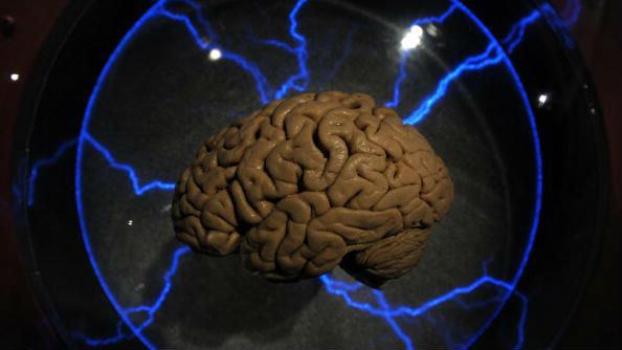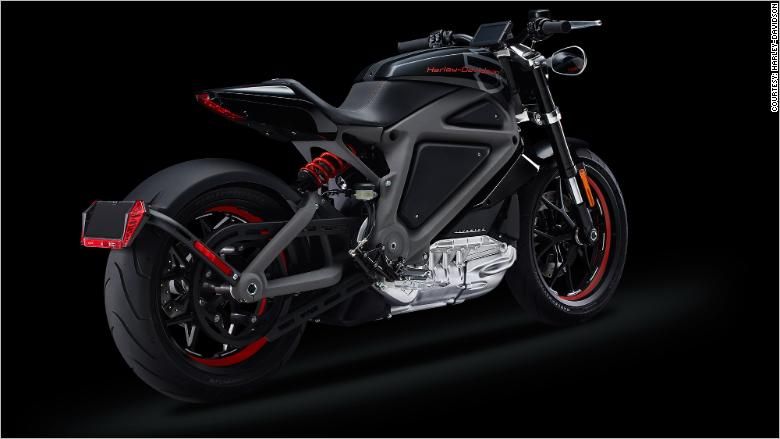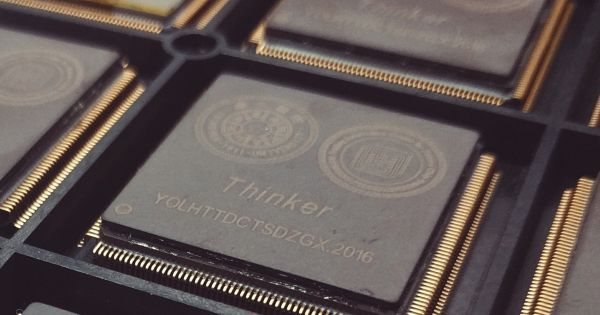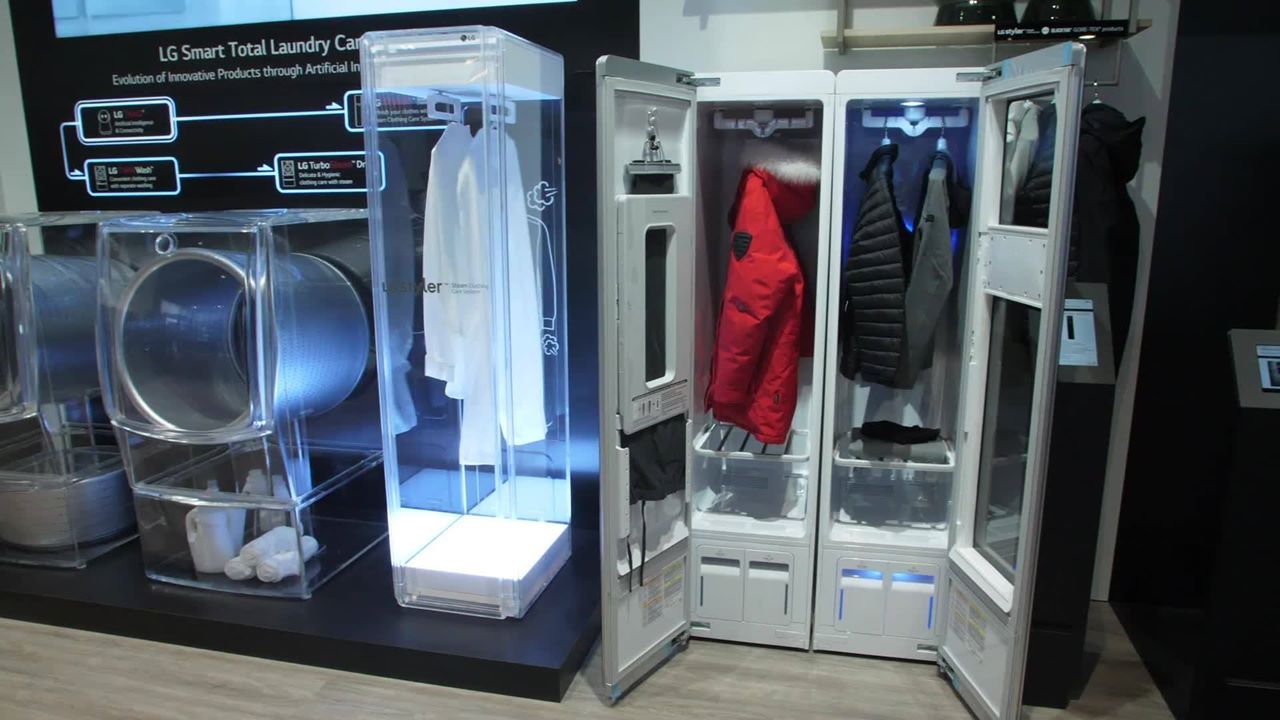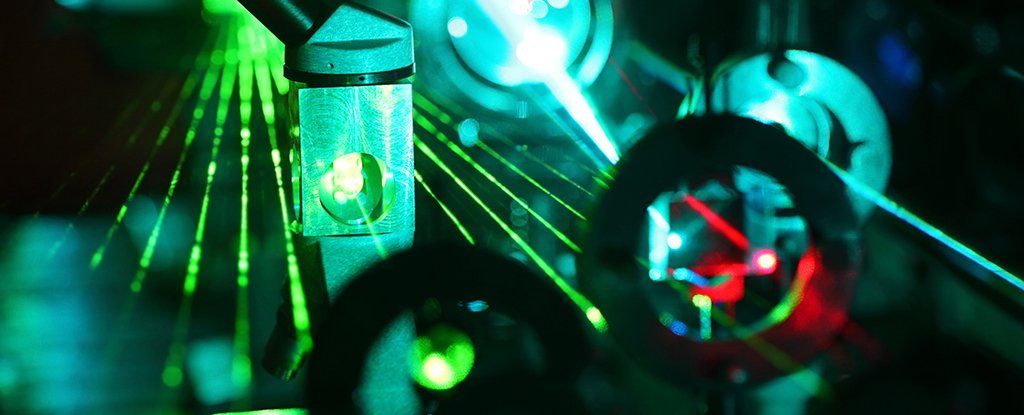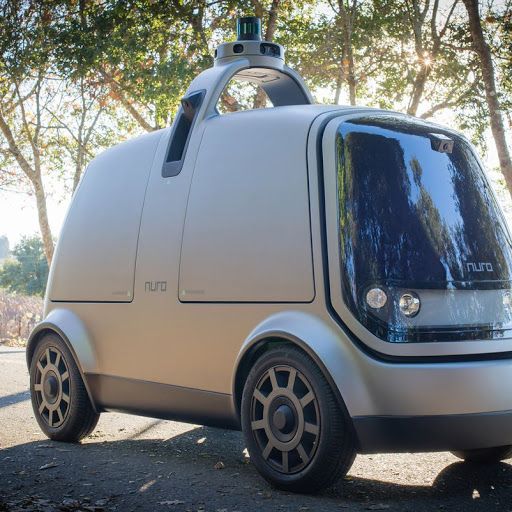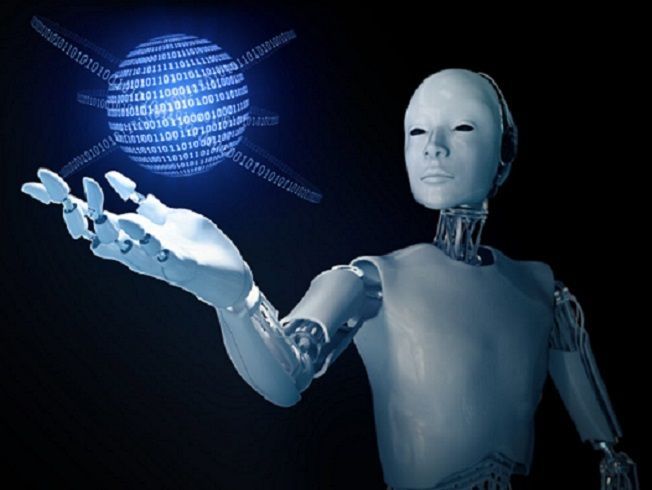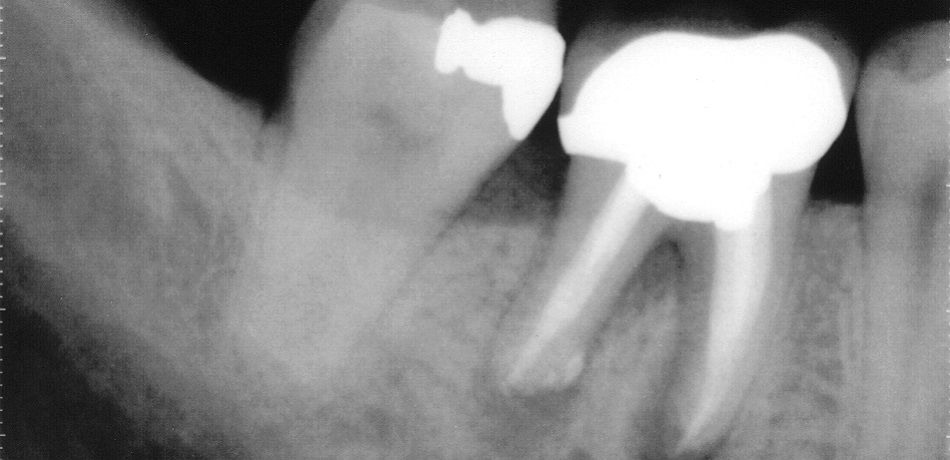
What if damaged teeth could heal themselves without the need of a root canal? Apparently, that’s what Harvard and the University of Nottingham are trying to figure out. They believe they can create stem cell stimulated fillings.
Worldwide, dentists treat hundreds of millions of cavities each year by drilling out the decayed part of the tooth and replacing it with a filling. According to Popular Science, the problem is up to 15 percent of those procedures will fail, which will lead to a root canal to remove the tooth’s pulp, a soft tissue in the center of the tooth that contains blood vessels, nerves, and connective tissue. The downside is, following a root canal, the tooth’s strength is weaker and could eventually need to be removed.
Adam Celiz is a therapeutic biomaterials researcher who believes that stem cells could help reduce the number of root canals and the need for dentures. Celiz and his team developed a new kind of filling that is made from stem cells that can help your tooth heal. Just like regular fillings, the biomaterial stem cells are injected into the tooth and hardened with ultra-violet light.
Read more

